Welcome to our free classical music site

Do you write about classical music? Are you a blogger? Want to team up with Classical Connect? Send us a message, let's talk!

Do you write about classical music? Are you a blogger? Want to team up with Classical Connect? Send us a message, let's talk!
This Week in Classical Music: December 28, 2020. New Year of 2021. Happy New Year to everyone and good riddance to 2020, which turned out to be quite a rotten year. That horrible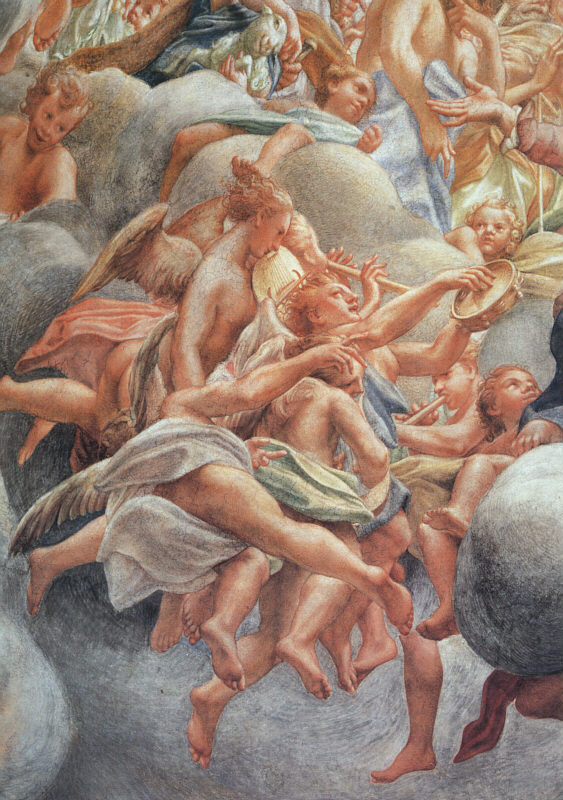 virus turned everybody’s life upside down, and then, among the losses and deprivation, the social madness took over. Now that the vaccine is here and being deployed, albeit slowly, there’s no way 2021 could be as crazy as 2020. Compared to the general mayhem and tragedies, little personal peeves don’t count for much; but we do have one disappointment, even if a minor one: for a number of years, we’ve been celebrating the holiday season playing parts of Bach’s Christmas Oratorio, and have been looking forward to playing more. But all good things come to an end, and this year we’ll be playing the last part of it, Part VI, which Bach composed for the day of Epiphany. In 1635, when it was performed, Epiphany was celebrated on January 6th. Even though the church calendar has become a bit more complicated since then, the 2021 Epiphany is still be celebrated on January 6th.
virus turned everybody’s life upside down, and then, among the losses and deprivation, the social madness took over. Now that the vaccine is here and being deployed, albeit slowly, there’s no way 2021 could be as crazy as 2020. Compared to the general mayhem and tragedies, little personal peeves don’t count for much; but we do have one disappointment, even if a minor one: for a number of years, we’ve been celebrating the holiday season playing parts of Bach’s Christmas Oratorio, and have been looking forward to playing more. But all good things come to an end, and this year we’ll be playing the last part of it, Part VI, which Bach composed for the day of Epiphany. In 1635, when it was performed, Epiphany was celebrated on January 6th. Even though the church calendar has become a bit more complicated since then, the 2021 Epiphany is still be celebrated on January 6th.
We know that Bach recycled many of his earlier cantatas, sometimes the secular ones, into the Christmas Oratorio, but the music written for the Epiphany was original, though even here there is a caveat: the very first choir probably came from a cantata written by Bach in 1631 to celebrate the birthday of one Joachim Friedrich von Flemming, a nobleman and governor of Leipzig. Only this chorus of the older cantata exists in this recycled form, the rest of the music was lost. The leading cheerful line of the original text, So kämpfet nur, ihr muntern Töne, (So fight, you lively tones) became a much more somber (and strange, we have to admit) Herr, wenn die stolzen Feinde schnauben (Lord, when our insolent enemies snarl), although the music stayed quite lively. In any event, the resulting cantata, the sixth part of the Christmas Oratorio, is a delight, and you can listen to it here, as performed by the English Baroque Soloists and the Monteverdi Choir under the direction of John Eliot Gardiner.
Happy New Year!Permalink
This Week in Classical Music: December 21, 2020. Christmas is coming! We want to wish a very merry Christmas to all our listeners, and to celebrate the holiday, we decided to play several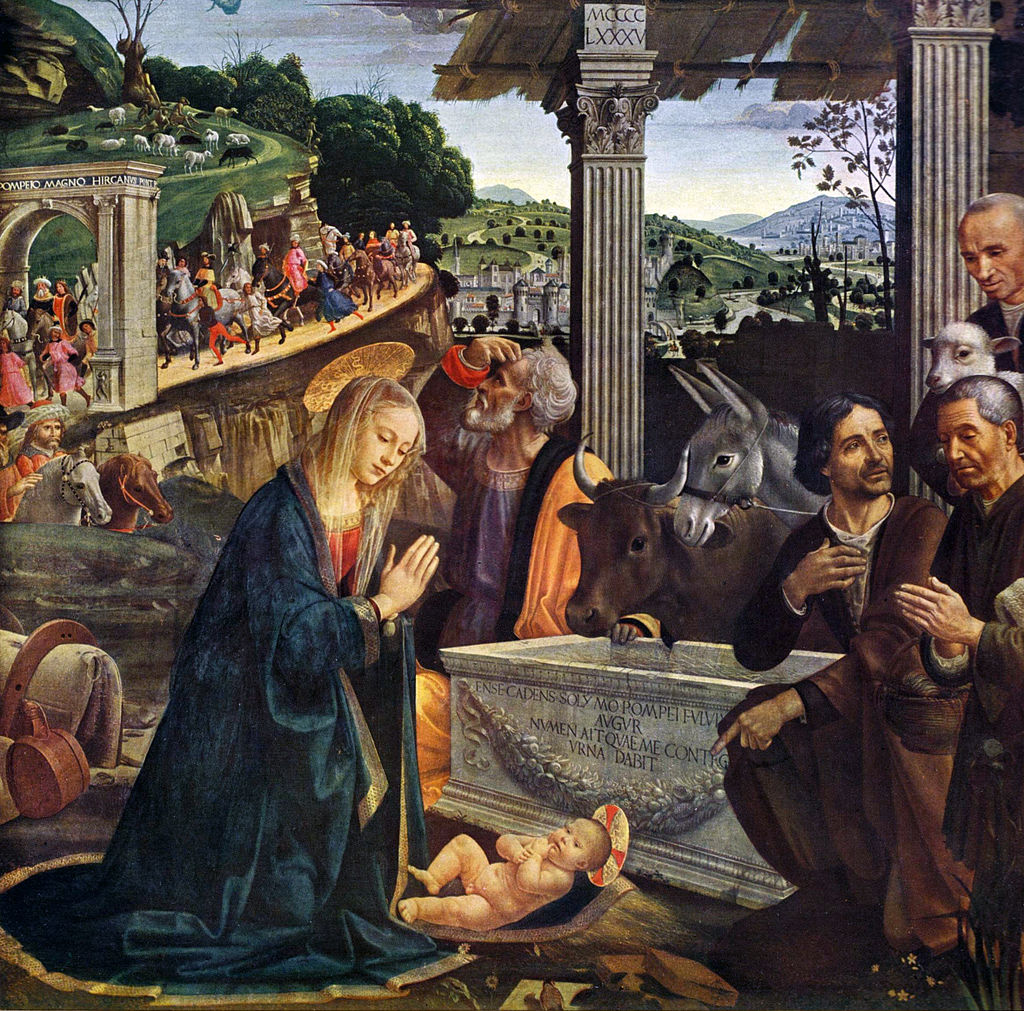 Christmas pieces from the Baroque period. In the past, we’ve done something similar with music from the Renaissance, so we’re moving forward on the classical music timeline. We start with a simple song, or rather a hymn, by the German composer Michael Praetorius called Uns ist ein Kindlein heut geborn (This day to us a Child is born). It was published in 1609. Here it is performed by the Gabrieli Consort under the direction of Paul McCreesh.
Christmas pieces from the Baroque period. In the past, we’ve done something similar with music from the Renaissance, so we’re moving forward on the classical music timeline. We start with a simple song, or rather a hymn, by the German composer Michael Praetorius called Uns ist ein Kindlein heut geborn (This day to us a Child is born). It was published in 1609. Here it is performed by the Gabrieli Consort under the direction of Paul McCreesh.
Eleven years later another German composer, Samuel Scheidt, who knew and worked with Praetorius, composed a hymn Puer natus in Bethlehem (A child is born in Bethlehem). This was a very popular text, and Praetorius also set it to music, not once but three time. Scheidt’s version is sung by the Sølvguttene ("The Silver Boys") choir from Norway under the direction of Fredrik Otterstad, here.
Heinrich Schütz was a more famous contemporary of Scheidt’s. One of his late works is The Christmas Story (Schütz was 75 when the Story was premiered in Dresden in 1660). The text was taken from Martin Luther’s version of the Gospels. You can listen to it here, in the performance by the Westfalishe Kantorei conducted by Wilhelm Ehmann.
Let’s move half a century forward. Georg Philipp Telemann, yet another German, was one of the most prolific composers in the history of music, and of course he had to write some music for Christmas. In fact, he wrote quite a bit of it: three Christmas Cantatas and one Oratorio. The cantatas were composed in1716-1717, while Telemann was serving as the municipal music director in Frankfurt; despite the designation of his position, Telemann continued to write church music as well. Here’s the first of the three Christmas cantatas, Uns ist ein Kind geboren (Unto us a child is born). Paul Dombrecht leads the ensemble Il Fondamento. It is interesting that the text, written by one Erdmann Neumeister, a writer and theologian, was picked up by another composer who also used it to write a cantata. It was most likely first performed in Leipzig in 1720. For a long time, it was assumed that the author is Johann Sebastian Bach, and the cantata even has a Bach catalog number, BWV 142. Based on tmusicological analysis, it has since been determined that it most likely wasn’t Bach; and the alternative authorship by Johann Kuhnau, who was then the Kantor at Thomaskirche, is now also disputed. Whoever the composer is, it’s a lovely piece of music; you can judge it for yourself (here); Jochen Grüner conducts the ensemble I Febiarmonici.Permalink
This Week in Classical Music: December 13, 2020. Beethoven 250. The week has arrived, and the day is coming: the whole world will celebrate Beethoven’s 250th on December 16th. All the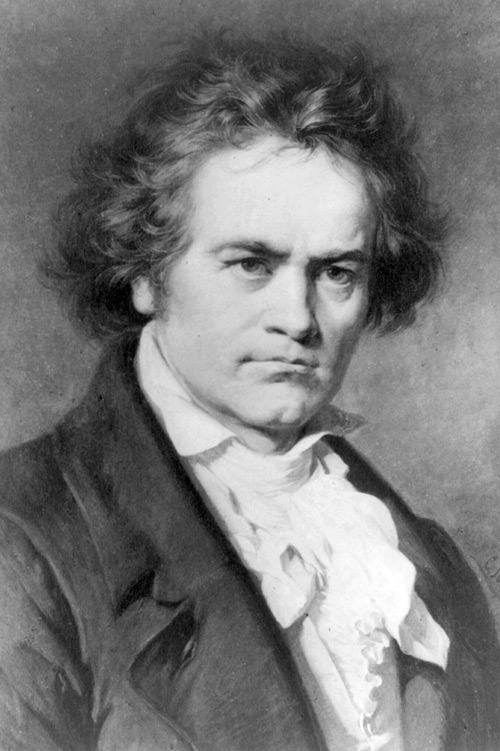 superlatives aside, it’s impossible to underestimate the significance of Beethoven’s music. One’s personal preferences may go to any other composer, from Bach to Mozart to Chopin and on, but very few people would argue that there was a more important composer in the history of the Western musical canon. We have only two things to add to the uniquely appropriate chorus of praises. One is this: very often, listening to and reading about the “pre-Beethoven” music, we find that in its development it is trailing behind other arts. Take, for the example, the greats of the musical Renaissance, Palestrina, Lasso and Victoria. Their creative years fall somewhere between 1550 and 1600. This is about 80 - 100 years behind the art of paining: Piero della Francesca created his magnificent Stories of the True Cross in the late 1450s, which is the time Andrea Mantegna painted some of his best work. Botticelli’s The Birth of Venus was done in the mid-1480s, as were many of Leonardo’s masterpieces. The flowering of musical Renaissance came at a time when architecture was already well into the Baroque and so was painting, having already transitioned to the Mannerist period. This changed with Beethoven who emphatically brought music into the new era. His music sounded revolutionary during his time, and it sounds fresh today (even the most overplayed pieces, when played well). And once pushed, music stayed that way ever since: you cannot say that Klimt was ahead of Mahler or Picasso ahead of Stravinsky; if anything, music became one of the most “advanced” arts, many would say to its detriment.
superlatives aside, it’s impossible to underestimate the significance of Beethoven’s music. One’s personal preferences may go to any other composer, from Bach to Mozart to Chopin and on, but very few people would argue that there was a more important composer in the history of the Western musical canon. We have only two things to add to the uniquely appropriate chorus of praises. One is this: very often, listening to and reading about the “pre-Beethoven” music, we find that in its development it is trailing behind other arts. Take, for the example, the greats of the musical Renaissance, Palestrina, Lasso and Victoria. Their creative years fall somewhere between 1550 and 1600. This is about 80 - 100 years behind the art of paining: Piero della Francesca created his magnificent Stories of the True Cross in the late 1450s, which is the time Andrea Mantegna painted some of his best work. Botticelli’s The Birth of Venus was done in the mid-1480s, as were many of Leonardo’s masterpieces. The flowering of musical Renaissance came at a time when architecture was already well into the Baroque and so was painting, having already transitioned to the Mannerist period. This changed with Beethoven who emphatically brought music into the new era. His music sounded revolutionary during his time, and it sounds fresh today (even the most overplayed pieces, when played well). And once pushed, music stayed that way ever since: you cannot say that Klimt was ahead of Mahler or Picasso ahead of Stravinsky; if anything, music became one of the most “advanced” arts, many would say to its detriment.
Our second point is that it is Beethoven who serves as the touchstone for all performers. Wilhelm Furtwängler’s repertoire was broad, but he became known as one of the greatest conductors of the 20th century because of his Beethoven. How many times have we all heard Beethoven’s Fifth? And still, when you hear it, for example, in Furtwängler’s mesmerizing performance from 1943 (just to think of the timing of it!) the effect is enormous. Beethoven is central to all major conductors, but of course not just to them: what pianist worthy of the name wouldn’t have many, if not all, of Beethoven’s sonatas in his or her repertoire? Even such an idiosyncratic performer as Glenn Gould recorded most of Beethoven’s sonatas. The same is true of violinist and chamber ensembles.
We mentioned last week that this year was supposed to be the Year of Beethoven. Instead, it became the Year of Covid – a terrible disease dominating great music. We know full well that one of them is temporary… Happy birthday, Beethoven!Permalink
This Week in Classical Music: December 7, 2020. Musings. If it were a normal year, we would be writing about Pietro Mascagni, or Jean Sibelius, or Cesar Franck, or, very likely, about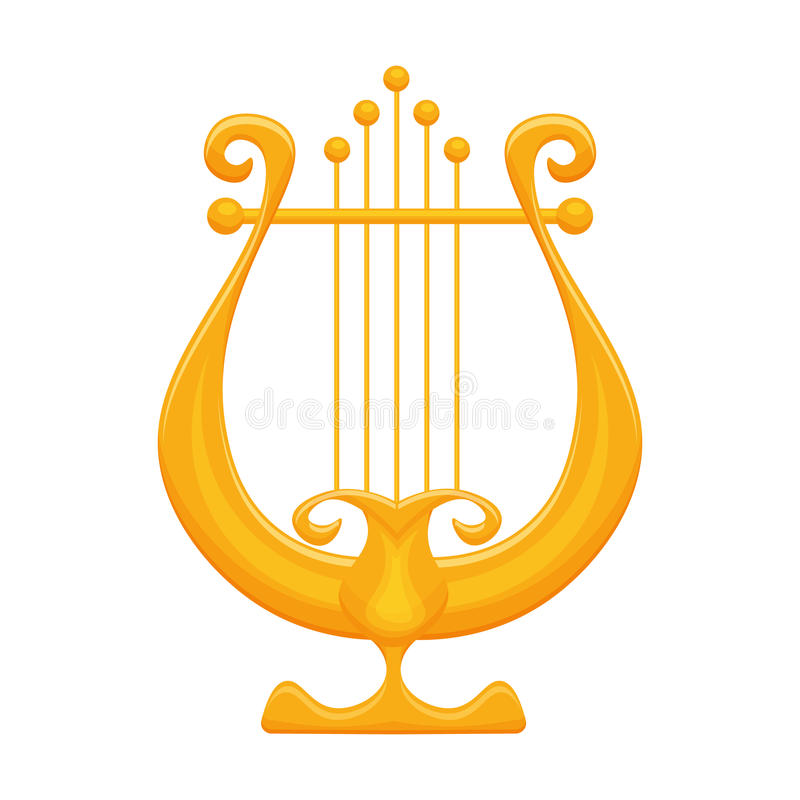 Hector Berlioz, all of whom were born this week. Or, if we had felt that we’d done justice to these wonderful composers in our earlier posts, we might have written about the less popular ones, like the Polish-Russian composer Moise Weinberg, or the great American Modernist Elliott Carter. And we would most likely mention one of our favorites, Olivier Messiaen. This is a big week, but times are by no means normal, so we’ll divert and address other issues. First of all, Covid, which decimated the musical scene. Who could have imagined in February of this year, that the pandemic would close all our concert halls and opera theaters not for a couple of months, but for at least a year and probably much longer? The effects of Covid are devastating: musicians lost their jobs, the lucky ones kept their salaries, often reduced, but most did not. Young performers were hit the worst; not yet established, without a following or financial institutional support, they attempted to continue online only to learn that this is a poor substitute. Music lovers were also hurt, but at least they could revert to their CD collections, classical music radio stations or streaming sites. This was supposed to be the Year of Beethoven, whose 250th anniversary the world will celebrate one week from today, but that was not to be: Covid ruined all of the planned festivals and music series. This is very unfortunate: even though Beethoven’s music is being played all the time, much of it is the same, while some of his pieces are performed less often; those could’ve been showcased this year by the best and most imaginative musicians. And, to state the obvious, Beethoven was a giant – there was music before him, then there were his 30 creative years, and then a whole new period was started, forever affected by his genius.
Hector Berlioz, all of whom were born this week. Or, if we had felt that we’d done justice to these wonderful composers in our earlier posts, we might have written about the less popular ones, like the Polish-Russian composer Moise Weinberg, or the great American Modernist Elliott Carter. And we would most likely mention one of our favorites, Olivier Messiaen. This is a big week, but times are by no means normal, so we’ll divert and address other issues. First of all, Covid, which decimated the musical scene. Who could have imagined in February of this year, that the pandemic would close all our concert halls and opera theaters not for a couple of months, but for at least a year and probably much longer? The effects of Covid are devastating: musicians lost their jobs, the lucky ones kept their salaries, often reduced, but most did not. Young performers were hit the worst; not yet established, without a following or financial institutional support, they attempted to continue online only to learn that this is a poor substitute. Music lovers were also hurt, but at least they could revert to their CD collections, classical music radio stations or streaming sites. This was supposed to be the Year of Beethoven, whose 250th anniversary the world will celebrate one week from today, but that was not to be: Covid ruined all of the planned festivals and music series. This is very unfortunate: even though Beethoven’s music is being played all the time, much of it is the same, while some of his pieces are performed less often; those could’ve been showcased this year by the best and most imaginative musicians. And, to state the obvious, Beethoven was a giant – there was music before him, then there were his 30 creative years, and then a whole new period was started, forever affected by his genius.
But Covid and Beethoven are not the only dominant events of this year. During the last several months we’ve also underwent a rapid cultural transformation that afforded much weight to race and gender. This has put classical music in a rather precarious state: it would’ve never occurred to us to mention this before, but now we have to acknowledge that Beethoven was white and male. And so were most of the major figures of classical music, from its beginning in the 15th century when Guillaume Dufay and then Josquin du Pre introduced melody into their masses and motets, making music recognizable to the modern ear; then the greats of the high Renaissance: Palestrina, Lasso and Victoria, and on to Monteverdi, the first of the Baroque composers, the era that also gave us Italian and French opera, the Scarlattis, Purcell, J.S. Bach and Handel and on to the Classical and Romantic period all the way to 2020. The end of the 20th and 21st century is different: never before have we had so many talented female composers: Jennifer Higdon’s name comes to mind, but also Shulamit Ran, Sofia Gubaidulina, Augusta Read Thomas or Ellen Taaffe Zwilich. And of course, there are more, but it doesn’t mean that we hear more of their compositions - it’s the accessible salon music by Cécile Chaminade and minor pieces by Amy Beach and Florence Price that make their way to the airwaves and the Web. Classical music has been culturally diminishing for years, so what will happen to it now? Will this process accelerate, or will it be reborn in some other form? Something is bound to happen as the current state of it is just too precarious and unsustainable.Permalink
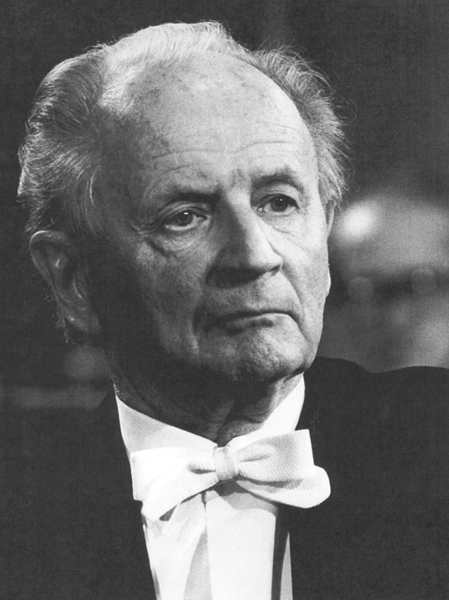 Wilhelm Kempff’s 125th anniversary was just five days ago. Kempff was one of the most interesting pianists of the 20th century. He was born on November 25th of 1895 in a small town of Jüterbog, not far from Berlin. His first teacher was his father, a music director to the royal family. Kempff studied the piano and composition at the Berlin Hochschule für Musik (Conservatory) and later took classes in philosophy and music history. Kempff gave his first recital in 1917, when he played, among other pieces, Beethoven’s Hammerklavier Sonata and Brahms’s Variations on a theme of Paganini. For the next three decades he concertized all across Europe, South America and Japan, but it was only in 1954 that he played in London for the first time and his American début had to wait till 1964 when he was already 68. Kempff recorded all piano sonatas by Schubert and Beethoven; he was also well known for his interpretation of the Romantic composers. Kempff was famous for his singing tone and beautiful coloration. He also didn’t like very fast tempos, preferring the more relaxed, “natural” speed. Kempff lived a long life: he still performed in his eighties and died at the age of 95. Here’s a rarely played Schubert piano sonata in E major, D 157; it’s an early piece, composed when Schubert was just 18. Kempff recorded it in 1968.
Wilhelm Kempff’s 125th anniversary was just five days ago. Kempff was one of the most interesting pianists of the 20th century. He was born on November 25th of 1895 in a small town of Jüterbog, not far from Berlin. His first teacher was his father, a music director to the royal family. Kempff studied the piano and composition at the Berlin Hochschule für Musik (Conservatory) and later took classes in philosophy and music history. Kempff gave his first recital in 1917, when he played, among other pieces, Beethoven’s Hammerklavier Sonata and Brahms’s Variations on a theme of Paganini. For the next three decades he concertized all across Europe, South America and Japan, but it was only in 1954 that he played in London for the first time and his American début had to wait till 1964 when he was already 68. Kempff recorded all piano sonatas by Schubert and Beethoven; he was also well known for his interpretation of the Romantic composers. Kempff was famous for his singing tone and beautiful coloration. He also didn’t like very fast tempos, preferring the more relaxed, “natural” speed. Kempff lived a long life: he still performed in his eighties and died at the age of 95. Here’s a rarely played Schubert piano sonata in E major, D 157; it’s an early piece, composed when Schubert was just 18. Kempff recorded it in 1968.
This Week in Classical Music: November 30, 2020. Kempff, Lupu, Callas. Three composers were born this week: the late Baroque Spaniard, Padre Antonio Soler on December 3rd of 1729, Francesco Geminiani, an Italian who was tremendously popular during his life but now is almost totally forgotten (on December 5th of 1687), and Henryk Górecki, a 20th century Polish composer who became very popular with his sacred minimalist pieces (on December 6th of 1933). We’ve written about all three of them (here, about both Soler and Geminiani, and here about Górecki). Today, though, we’d like to remember a name we’ve failed to mention in our recent posts.
The Romanian pianist Radu Lupu, who is considered one of the greatest living musicians, will turn 75 on November 30th. He was born in 1945 in Galați. He studied in Bucharest with Florica Musicescu who had taught another great Romanian pianist, Dinu Lipatti, and then at the Moscow Conservatory with, among other professors, Heinrich Neuhaus, but thinks that he had learned more by listening to other musicians, and not necessarily pianists: “I took some from Furtwängler, Toscanini, everywhere..” he says. Lupu’s repertoire is broad, but like Kempff he excels in Schubert and Beethoven. Here Radu Lupu plays Schubert’s Piano Sonata in A minor, D 845. The sonata was written ten years after D 157, in 1825.
And of course, we cannot forget Maria Callas. She was born on December 2nd of 1923. Permalink
This Week in Classical Music: November 23, 2020. Penderecki. When three year ago we published an entry on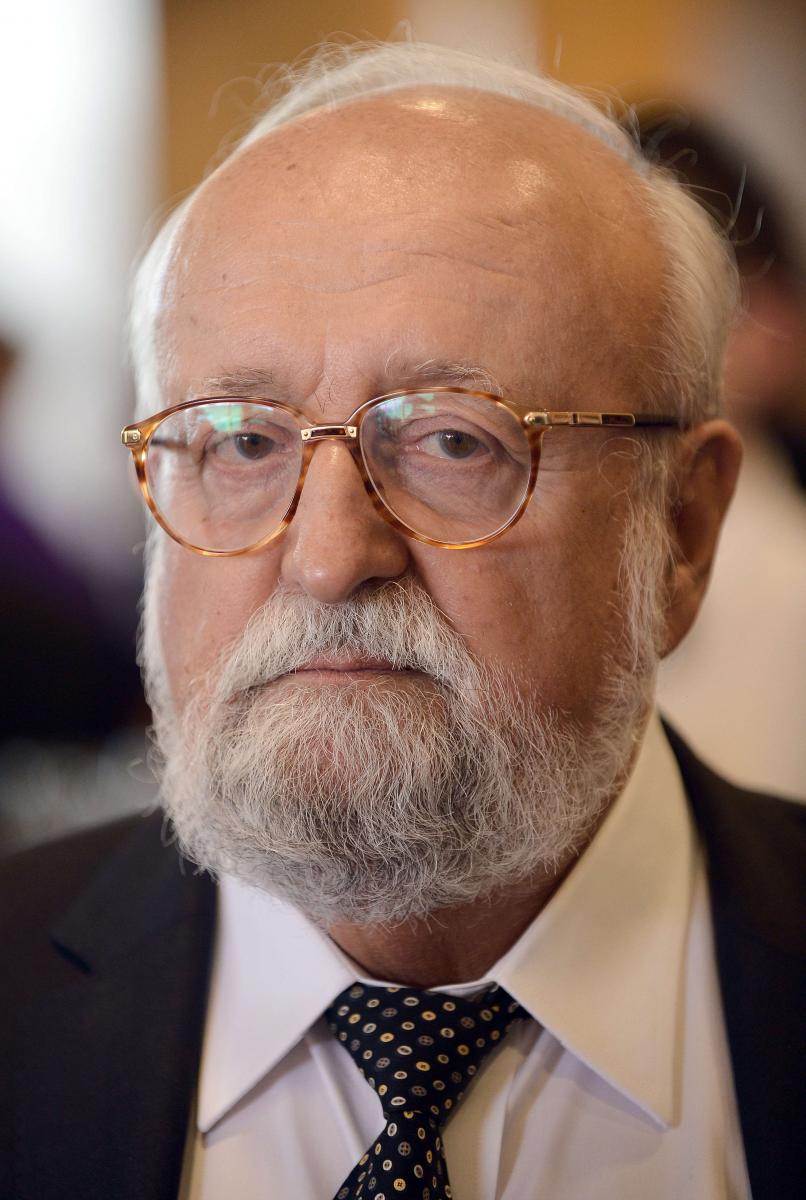 , the great Polish composer was alive and, as we thought then, well. Penderecki died earlier this year, on March 29th, not of Covid-19, but after a long illness. Our previous entry stopped at 1975 and we mentioned that around that time Penderecki’s music changed in many significant ways: before that he was an exponent of the avant-garde, exploring new sonorities, new instruments and textures, whereas after 1975 he moved to much more traditional, melodic 19-century idiom. It’s interesting to note that the Grove article on Penderecki is divided into “Music up to 1974” and “Music after 1975.” By the mid-1970s Penderecki was spending much of his time in the US, where he held a Yale University residence. This was a life unknown to regular Polish citizens. Despite all the censorship and general lack of freedom, the Polish government recognized the value of Penderecki as a representative of Polish culture (very much as the Nazis did in the 30s with some of their musicians, and as the Soviet Union did, even if not allowing them the same freedoms as the Poles). Penderecki could travel and live abroad; he was even given a manor in Lusławice, outside of Krakow, where he created a beautiful garden and later a music festival. It was during his tenure at Yale that he turned away from the 12-tone music back to the melodically based compositions. The first significant work in this new style was the 1976 Violin Concerto no. 1, written for Isaac Stern (here it is, performed by the violinist Kim Chee-Yun with the National Polish Radio Symphony Orchestra, Katowice, conducted by Antoni Wit,) Also, around that time the Lyric Opera of Chicago commissioned Penderecki an opera to commemorate the US Bicentennial. Even though Penderecki delivered it two years late, Paradise Lost, as the opera became known, was successfully staged in Chicago and a year later, in 1979, in La Scala. He also increasingly turned to arge-scale choral works: Te Deum, written in1978-80, and Polish Requiem, 1980-84. The Lacrimosa part of the Requiem was the first to be composed; it was dedicated to Lech Wałęsa and written to commemorate those killed in the uprising of 1970. Penderecki then expanded it into a full-length Requiem. Here is Lacrimosa with Jadwiga Gadulanka, soprano, and Krzysztof Penderecki conducting the Polish Radio Symphony Orchestra, Krakow. Another choral piece, Credo, was written in 1998 and received a Grammy award. Penderecki also wrote several symphonies, the last one, no. 8, subtitled "Lieder der Vergänglichkeit" (Songs of Transience) was completed in 2005 and then expanded in 2007. A prolific composer, Penderecki wrote several operas, a large number of vocal and choral music and several violin sonatas and quartets. Very little of his music was written for the piano.
, the great Polish composer was alive and, as we thought then, well. Penderecki died earlier this year, on March 29th, not of Covid-19, but after a long illness. Our previous entry stopped at 1975 and we mentioned that around that time Penderecki’s music changed in many significant ways: before that he was an exponent of the avant-garde, exploring new sonorities, new instruments and textures, whereas after 1975 he moved to much more traditional, melodic 19-century idiom. It’s interesting to note that the Grove article on Penderecki is divided into “Music up to 1974” and “Music after 1975.” By the mid-1970s Penderecki was spending much of his time in the US, where he held a Yale University residence. This was a life unknown to regular Polish citizens. Despite all the censorship and general lack of freedom, the Polish government recognized the value of Penderecki as a representative of Polish culture (very much as the Nazis did in the 30s with some of their musicians, and as the Soviet Union did, even if not allowing them the same freedoms as the Poles). Penderecki could travel and live abroad; he was even given a manor in Lusławice, outside of Krakow, where he created a beautiful garden and later a music festival. It was during his tenure at Yale that he turned away from the 12-tone music back to the melodically based compositions. The first significant work in this new style was the 1976 Violin Concerto no. 1, written for Isaac Stern (here it is, performed by the violinist Kim Chee-Yun with the National Polish Radio Symphony Orchestra, Katowice, conducted by Antoni Wit,) Also, around that time the Lyric Opera of Chicago commissioned Penderecki an opera to commemorate the US Bicentennial. Even though Penderecki delivered it two years late, Paradise Lost, as the opera became known, was successfully staged in Chicago and a year later, in 1979, in La Scala. He also increasingly turned to arge-scale choral works: Te Deum, written in1978-80, and Polish Requiem, 1980-84. The Lacrimosa part of the Requiem was the first to be composed; it was dedicated to Lech Wałęsa and written to commemorate those killed in the uprising of 1970. Penderecki then expanded it into a full-length Requiem. Here is Lacrimosa with Jadwiga Gadulanka, soprano, and Krzysztof Penderecki conducting the Polish Radio Symphony Orchestra, Krakow. Another choral piece, Credo, was written in 1998 and received a Grammy award. Penderecki also wrote several symphonies, the last one, no. 8, subtitled "Lieder der Vergänglichkeit" (Songs of Transience) was completed in 2005 and then expanded in 2007. A prolific composer, Penderecki wrote several operas, a large number of vocal and choral music and several violin sonatas and quartets. Very little of his music was written for the piano.
Lest we forget: another prominent composer of the 20th century, Alfred Schnittke was also born this week, on November 24th of 1934. And so was Jean-Baptiste Lully, on November 28th of 1632. Permalink